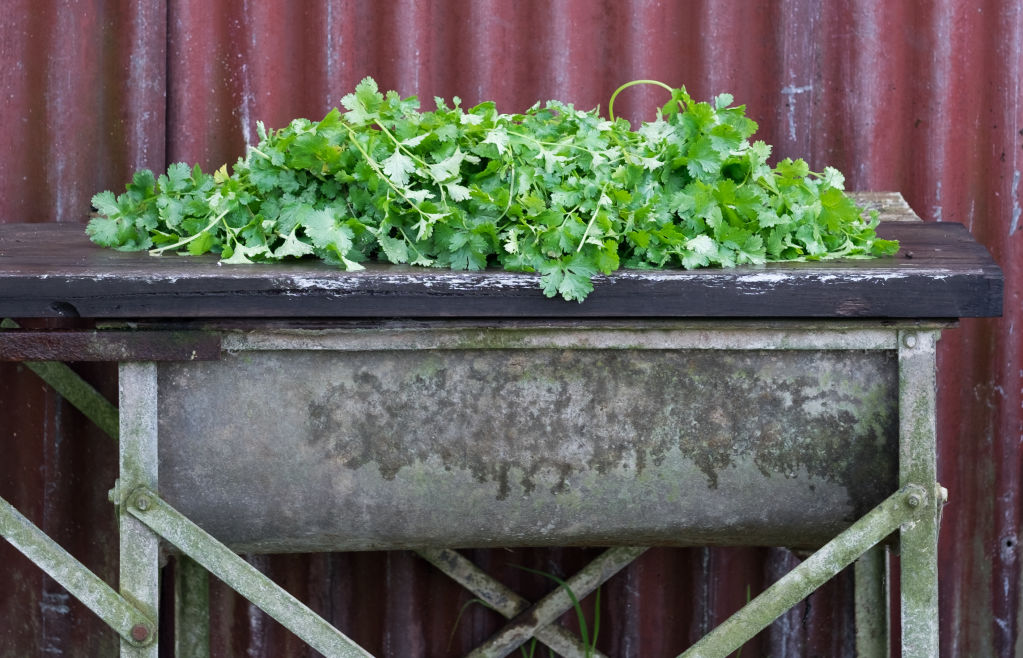If 2021 is your year to start growing your own or if you’re ready to turn that thumb a little greener, it will save you loads of time, energy and stress knowing what to plant and when.

Allow me to briefly explain some of the things I notice people do when starting out in edible gardening. Knowing this first will hopefully save you time and money as well as raise your confidence with a nice harvest in a few months.
For sure, you will have some failures – your garden is a unique space with its own microclimate and environmental factors working with or against it, day to day. Being curious and observing your garden in its intricacies is the quickest way to learn how to adapt and flow with its rhythms. Every garden has a very subtle (and hard to pin down) instructional manual that it’s trying to give you; if you observe closely enough, each season will bring with it a few new pages of knowledge.
Timing is everything with annuals

What is an annual? Annuals are plants that grow from seed into a plant that then produces seeds (usually within a fruit or vegetable), so it can complete its life cycle within the space of 12 months or less. Then, it simply becomes compost in the soil below.
Naturally, those seeds would germinate and rise back to the soil surface the following season. You might have seen this happen accidentally when you throw homemade compost on your garden, and all of a sudden, you have an unexpected mass of pumpkins and tomatoes spring to life — in spring. Roquette science?
We also grow herbs such as basil, coriander and dill as annuals – sometimes referred to as “soft herbs”. Rosemary, thyme, sage, marjoram, for example, are “hard herbs” and can live for many years and be planted (generally) at any time of year. These are called perennials. As you can imagine, many plant species fall into the perennial category.
It’s seasonal

The time of year affects both day length and soil temperature – two very important factors for planting. Short winter days and cool soil are better for growing cool-season annuals. And, long summer days and warmer soil are better for growing warm summer annuals
Seeds germinate in the soil when they have the optimum combination of temperature, day length and moisture. If you’re growing plants outdoors in the natural cycle of the seasons, then you’ll generally have an optimum planting window of weeks or months. For example, experienced gardeners everywhere will know the best time to plant their garlic cloves this autumn. For me, I’ll be putting those bulbs in on the Anzac Day public holiday. To grow summer annuals like tomatoes, eggplants, pumpkins, early spring in the optimum time. This gives your fruit and veg months to ripen as the weather warms. If you try to plant these summer annuals in autumn or even in late summer, they won’t have the duration of warm temperature needed to develop to full size, and you’ll miss out on the sweet and ripe produce.
My advice is to buy a book (Slow Down and Grow Something is a great start), join an online garden club or buy a seed-sowing calendar that you can refer to.
Slow Down and Grow Something: The Urban Grower’s Recipe for the Good Life, by Byron Smith with Tess Robinson, Murdoch Books.
